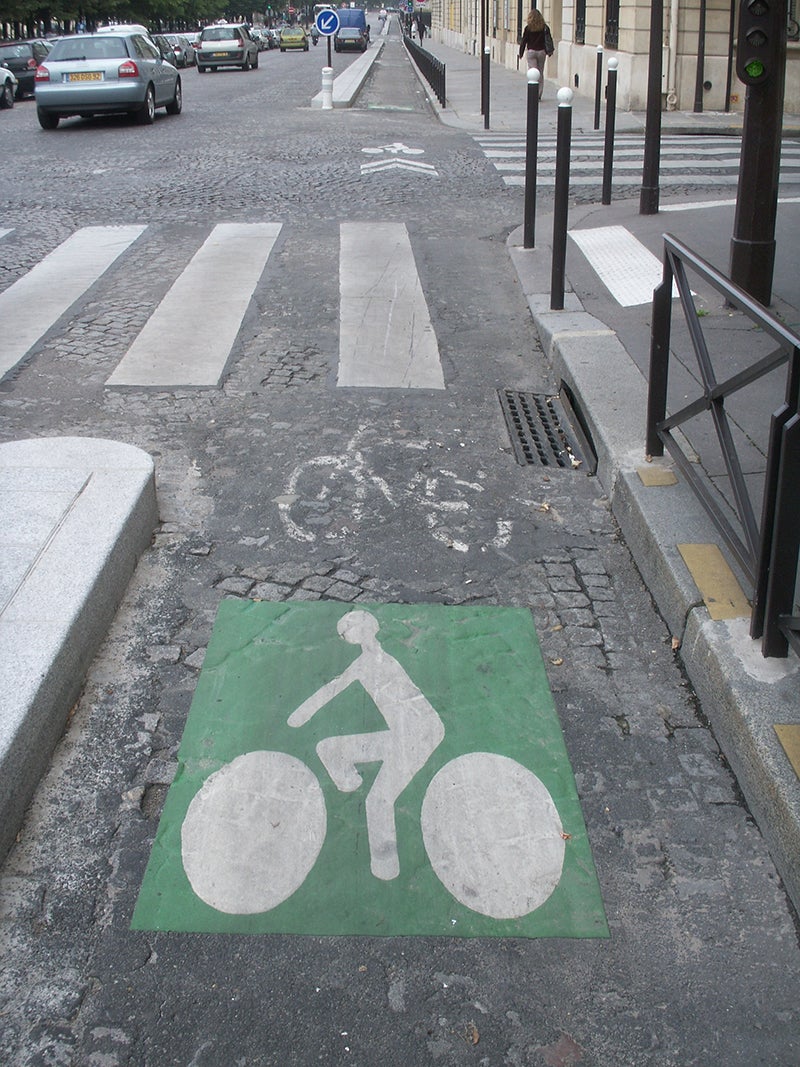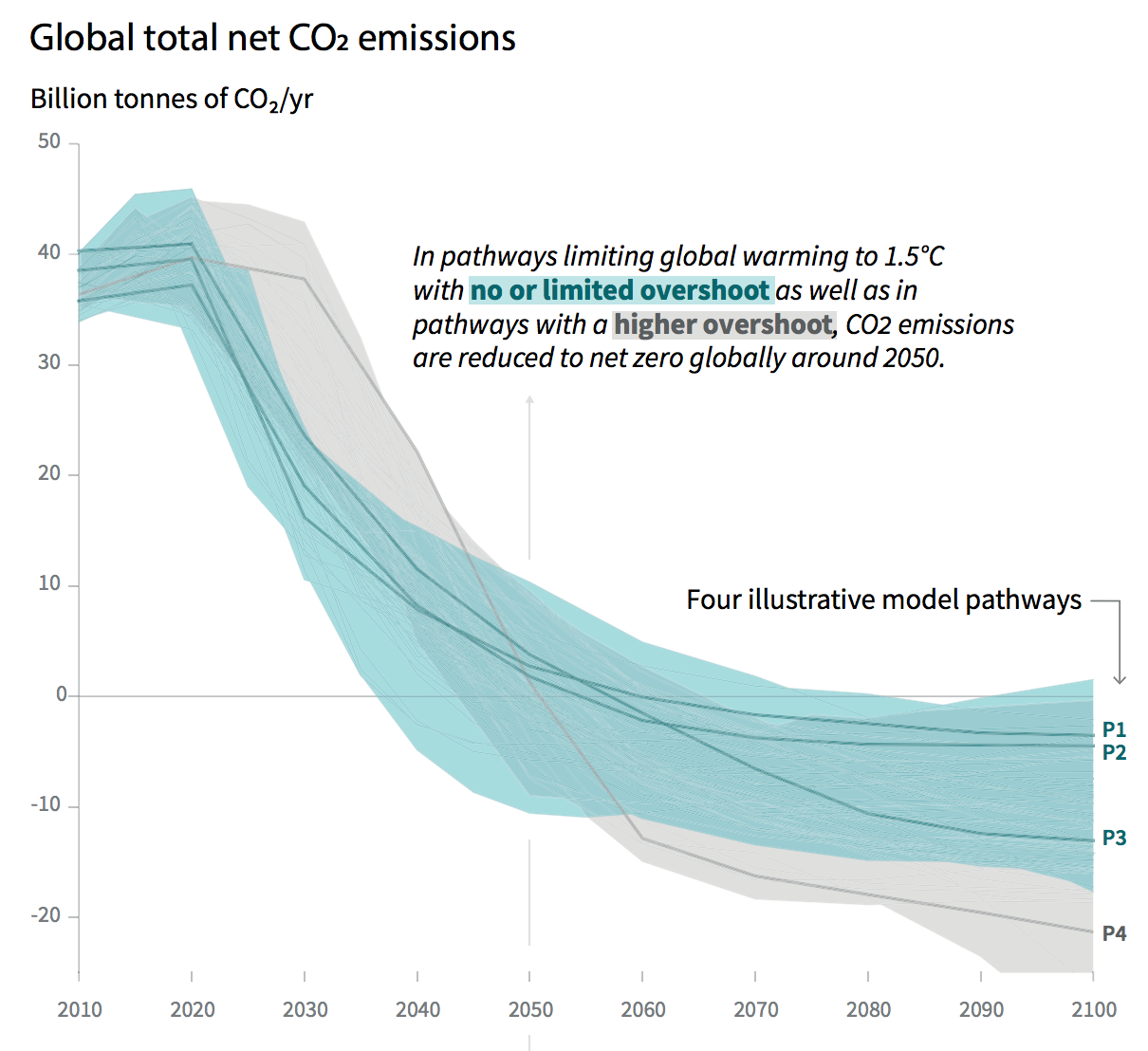Solving Climate Change
Humans have warmed the planet by approximately 1.0°C (1.8°F) in the past 150 years, which has increased the risk of wildfires, hurricanes, heat waves, droughts, and floods. Sea level is rising, and ice is melting. All of this is making life on Earth much more difficult.
We caused the problem by increasing the amount of greenhouse gases in the atmosphere, but we have the ability to keep the amount of warming low enough to be survivable. Communities and nations around the world are taking action to solve climate change. There’s much more that needs to be accomplished, so keep reading to learn what can be done to keep our planet as cool as possible.
Global Warming Targets
If we keep the amount of climate warming low enough, we can adapt, finding ways to live and even thrive. But what is low enough? The planet has already warmed 1°C. How much more can we handle?
Since the 1990s, scientists and policymakers around the world had considered the goal to be a limit of 2°C (3.6°F) above pre-industrial levels (which was before we started burning fossil fuels). But in 2018, the Intergovernmental Panel on Climate Change (IPCC) reported on what we know about the impacts of global warming of 1.5°C (2.7°F) compared to 2°C.
They found that with a warming of 2°C, the impacts are more severe than 1.5°C. For example, heat waves would be hotter, rains would be heavier, and sea level would rise more. There are higher risks to health, the food supply, water, ecosystems, and economic growth with 2°C warming compared with 1.5°C. Overall, 1.5°C warming gives us a better chance of adapting to climate change, although there are impacts, like the loss of some ecosystems, which may be long-lasting or irreversible.

Many communities are adding bike lanes and sidewalks to encourage residents to make transportation choices that help decrease emissions of greenhouse gases and other air pollutants.
Credit: Daniel Lobo
How Can We Tackle Climate Change?
There are several different strategies when it comes to dealing with climate change. Reducing greenhouse gases is a direct way to help slow or stop climate change since excess greenhouse gases are what are causing the climate to warm. This can mean switching to power sources that don’t emit greenhouse gases and taking carbon dioxide out of the air by planting forests and conserving ecosystems. New research on ways to pull carbon dioxide out of the atmosphere could potentially provide other solutions in the future. Researchers are also studying whether we could safely limit the amount of sunlight that gets to Earth in the future while we are reducing emissions.
Unfortunately, the planet is already warming and we are seeing the impacts of climate change. Even if we stop emitting greenhouse gases in the next decade or two, we will be facing more climate change this century, which is why finding ways to adapt to climate change is also important to keep our planet as livable as possible.
How Can We Limit Warming to 1.5°C?
To keep the total warming limited to 1.5°C, we need to act quickly to change energy sources, how land is used, how industry operates, and our urban environments, including buildings and transportation. For example, industries can reduce emissions with new and existing technologies and practices, such as switching power sources, using sustainable materials like bioplastic, and capturing carbon emissions at factories so they don’t make it into the atmosphere.
There are many ways that we can do this. The IPCC Special Report (2018) analyzed different scenarios that would help us meet the 1.5°C target. Below are descriptions of four scenarios that would meet the target, and a graph showing how much each could reduce carbon dioxide emissions.
- The innovation scenario (P1): We develop innovations that lead to lower energy demand while living standards rise, especially in the Southern Hemisphere. Needing less energy helps us make the transition to renewable energy. More forests are planted to take carbon dioxide out of the air.
- The sustainability scenario (P2): We use less energy to produce goods and provide services, there is more international cooperation, and there are shifts toward sustainable consumption patterns. A switch to mostly renewable energy helps us emit less carbon dioxide, and there is also some carbon capture and storage technology used at power plants to stop CO2 from getting into the atmosphere. Land is well-managed and there are lower emissions from farms.
- The middle-of-the-road scenario (P3): There is more energy demand in the future, but we increase renewable energy and nuclear power and decrease fossil fuel use so that we can decrease emissions. Where there are still fossil fuels burned at power plants, carbon capture and storage are used. Bioenergy power plants are also developed, which burn plants like switchgrass to create electricity, and then capture the CO2.
- The energy-intensive scenario (P4): Economic growth and globalization cause more people to have a lifestyle that emits lots of greenhouse gases — for example, by driving cars, taking flights, and eating meat. In this scenario, energy comes from oil, gas, nuclear power, and renewables. We have a lot of emissions to reduce and some catching up to do because we have high emissions in the next couple of decades. We do this with carbon capture and storage and removing carbon from the air with bioenergy power plants that capture CO2.

The graph above shows the amount of carbon dioxide emissions per year through the 21st century for each scenario that limits global warming to 1.5°C (described above: P1 to P4). The shaded area shows the full range of options studied in the IPCC 2018 report.
Credit: IPCC